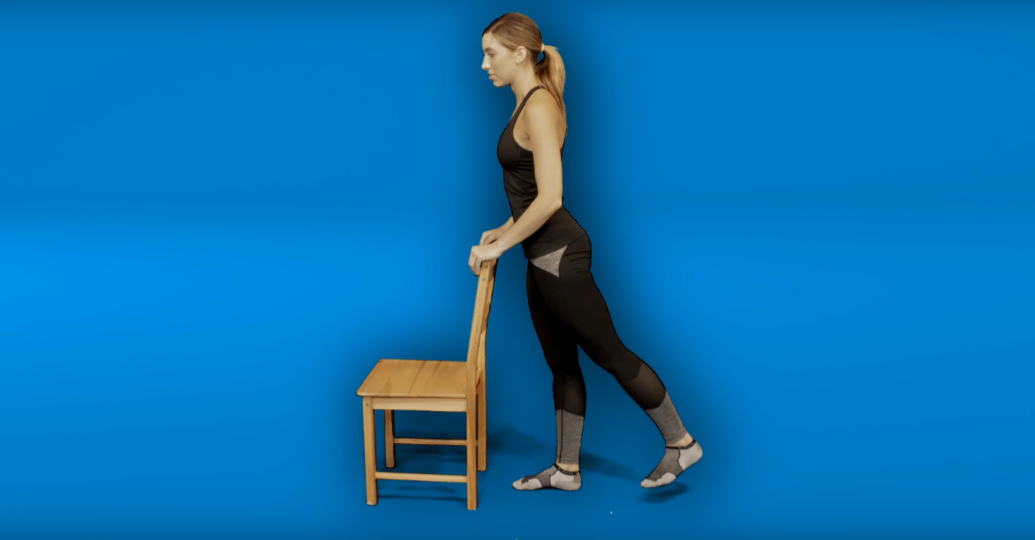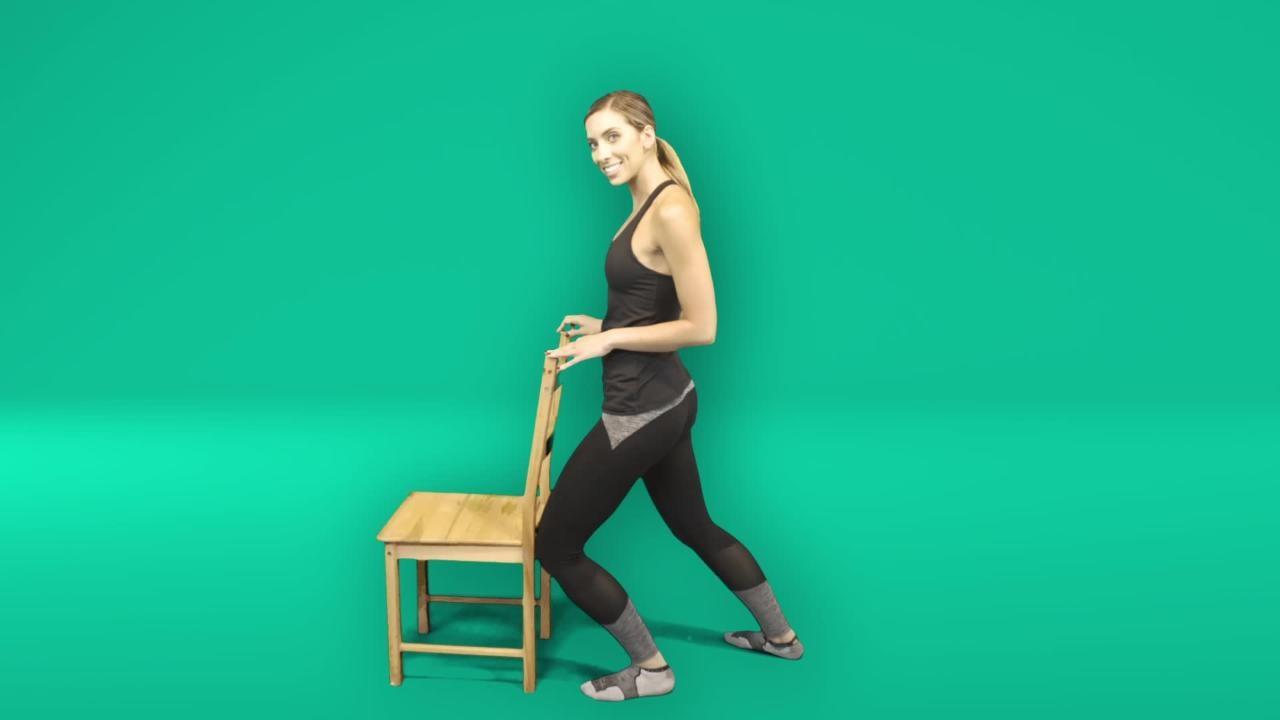Der Inhalt von Patient wird von unserem Team für klinische Inhalte nach dem NHS-Standard für die Erstellung von Gesundheitsinhalten geprüft.

Lilly Sabri, MHPC
Physiotherapeutin, Personal Trainerin
BSc Physiotherapie, MCSP, MHPC, MAACP, MACSPM
Lilly Sabri ist geprüfte Physiotherapeutin, APPI-Pilates-Trainerin, Fitness-, Gesundheits- und Lifestyle-Influencerin und Gründerin von #LeanWithLilly.
From a young age Lilly has always loved exercise and moving her body and tried out as many sports as she could. After finishing her studies in Physiotherapy at university, Lilly began her fitness career by teaching HIIT classes, 1:1 sessions and international bootcamps both in the UK and Dubai. She has also worked at Premier League football clubs, offering her Physiotherapy services and fitness advice.
Her work has been features in The Guardian, Look, Now and The Mirror.
Lilly’s web presence
Kürzlich beigetragen zu:
Hip injuries are common in all age groups. The most common cause of chronic (long-standing) hip pain in adults is osteoarthritis. Because the hip is such a complex joint, hip pain can be caused by many different things including: muscular injuries; ligament injuries; bursa injuries; cartilage tears; bone problems; fractures; reduced blood flow to the hip joint; or infection.

Es gibt verschiedene Arten von Hüftoperationen, die von der Verletzung, der Schwere der Verletzung und dem Chirurgen, der den Eingriff durchführt, abhängen. Dieses Merkblatt dient nur als Leitfaden, nachdem Sie mit Ihrem Chirurgen und Ihrem medizinischen Team besprochen und bestätigt haben, dass die unten aufgeführten Übungen nach Ihrer Operation für Sie geeignet sind.

There are different types of knee replacement surgery depending on the injury, the severity of the injury and the surgeon performing the procedure. This leaflet is to be used only as a guideline once you have discussed and confirmed with your surgeon and medical team that the exercises below are appropriate for you following your surgery.

Diese Übungen werden empfohlen, um Schmerzen zu lindern, den Bewegungsumfang zu vergrößern, die Kniegelenkmuskulatur zu stärken und künftigen Problemen vorzubeugen.

Die Physiotherapie bei Plantarfasziitis hat zwei Hauptziele. Das erste ist die Kontrolle der Entzündung; das zweite ist die Dehnung der Muskeln und des Bindegewebes in der Wade. Die Symptome der Plantarfasziitis werden häufig durch eine Verkrampfung dieses Gewebes ausgelöst oder verschlimmert. Diese Übungen sollten etwa 15 Minuten pro Tag in Anspruch nehmen. Sobald die Symptome unter Kontrolle sind, sollten Sie sich angewöhnen, die Übungen ein- bis zweimal am Tag durchzuführen, um das Risiko eines erneuten Auftretens der Symptome zu verringern.
